
Future Is Generative AI + Data Science | Helping My Students Become Generative AI Data Scientists & AI Engineers ($200,000+ career) 👇
11 subscribers
How to get URL link on X (Twitter) App

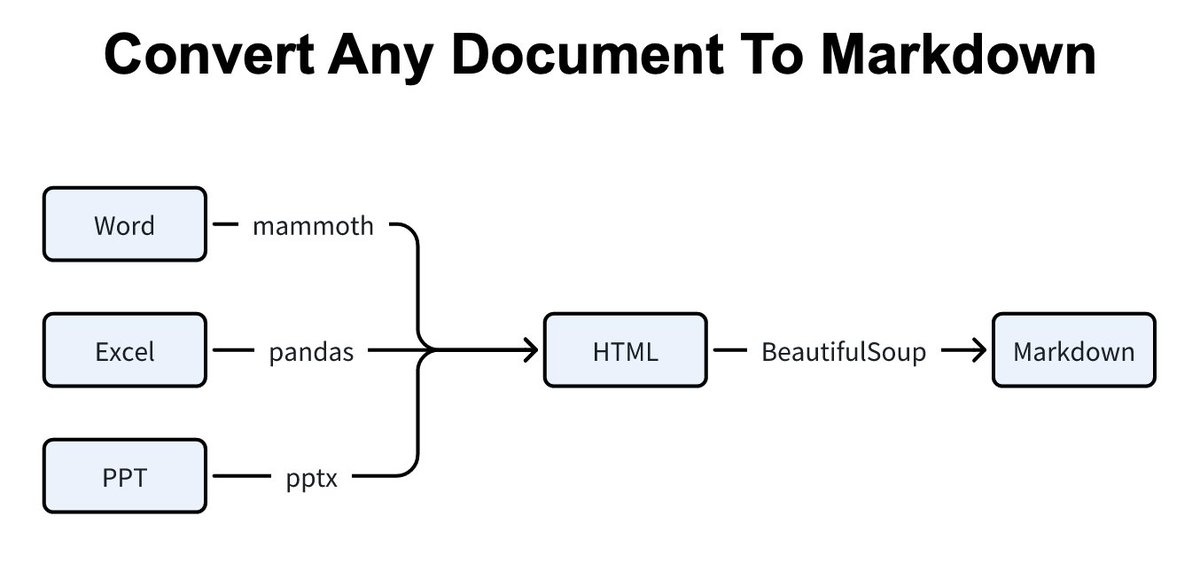
 1. Document Parsing Pipelines
1. Document Parsing Pipelines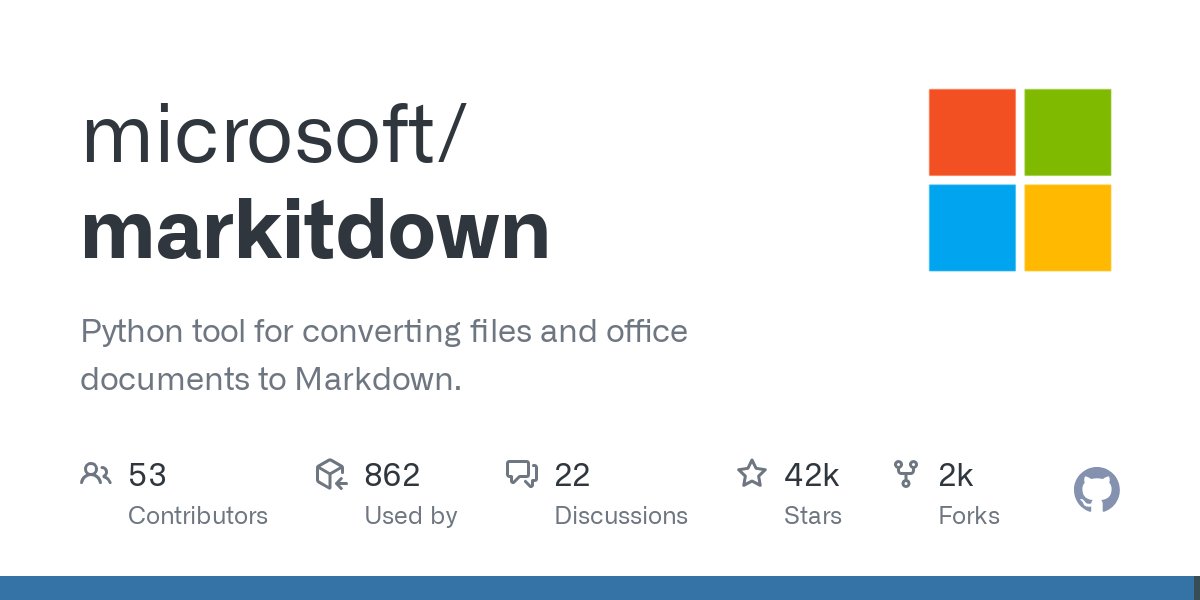
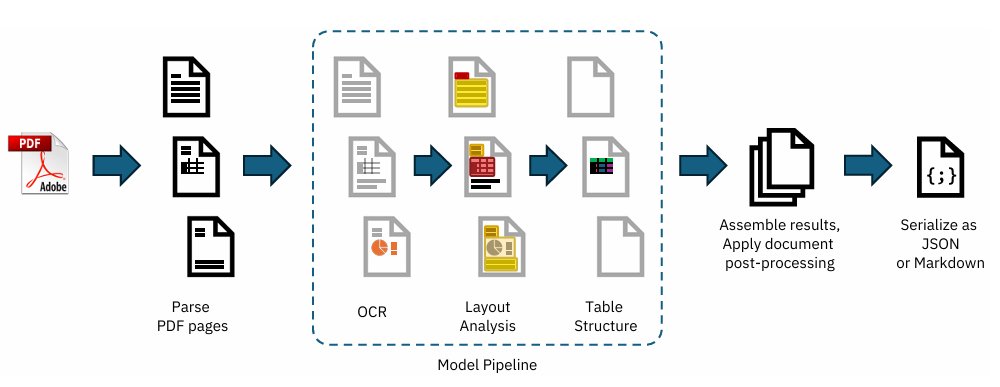
 1. What is Docling?
1. What is Docling?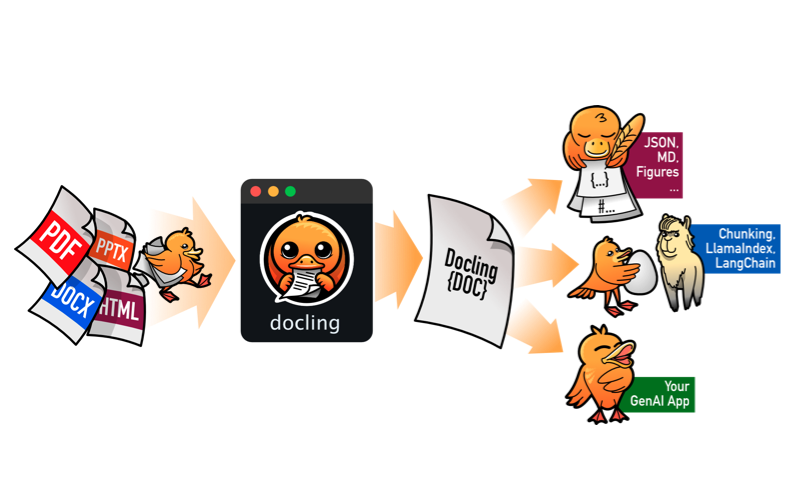
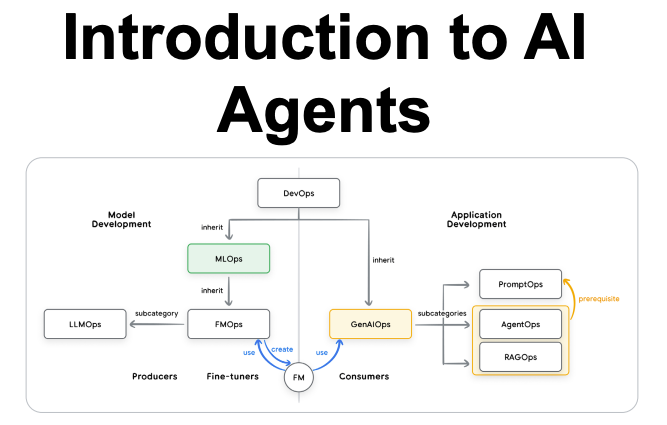
 Here's what they cover:
Here's what they cover: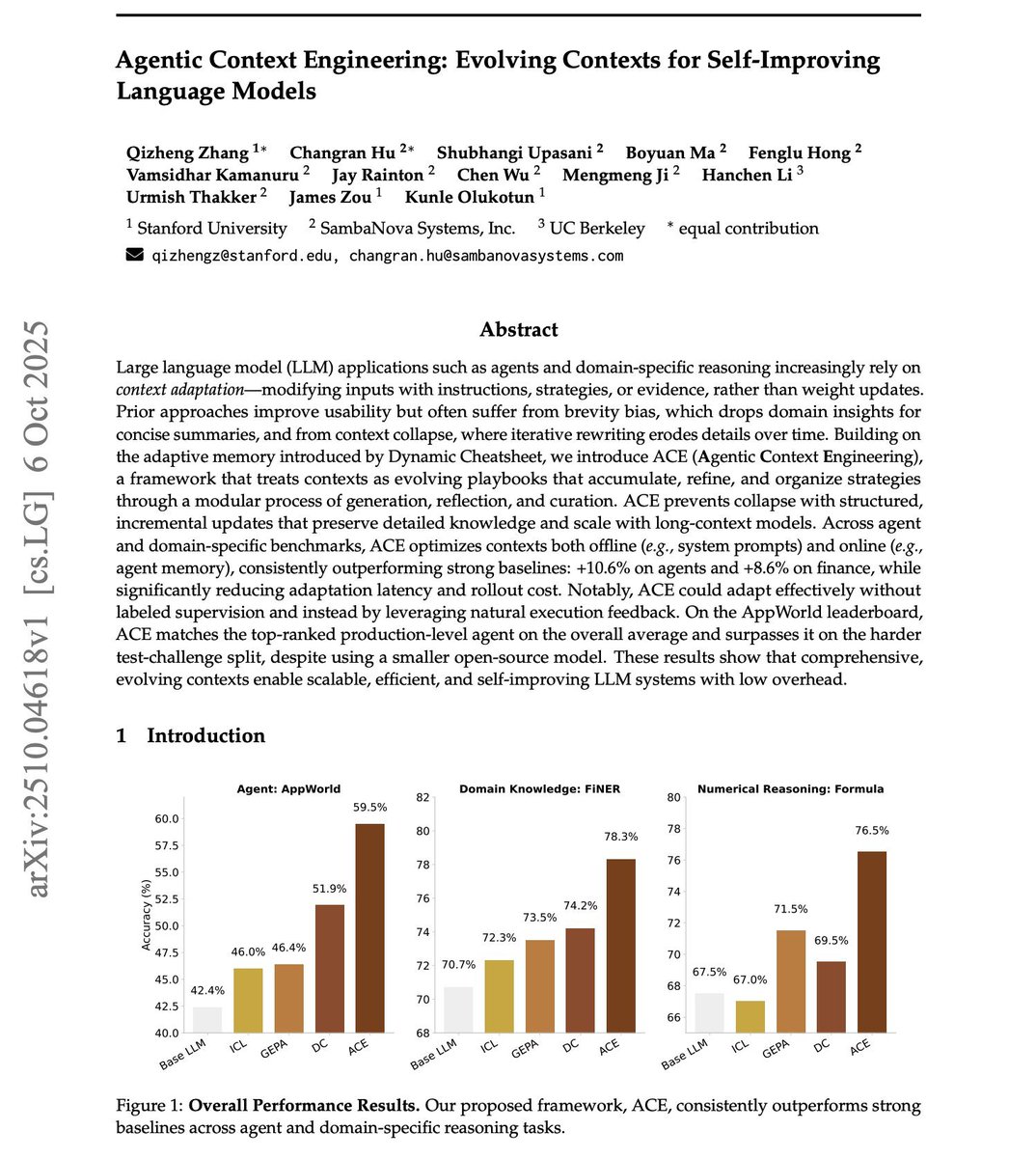
 Stanford just released a 23 page paper on Agentic Context Enginnering to improve Agents. Key ideas:
Stanford just released a 23 page paper on Agentic Context Enginnering to improve Agents. Key ideas:
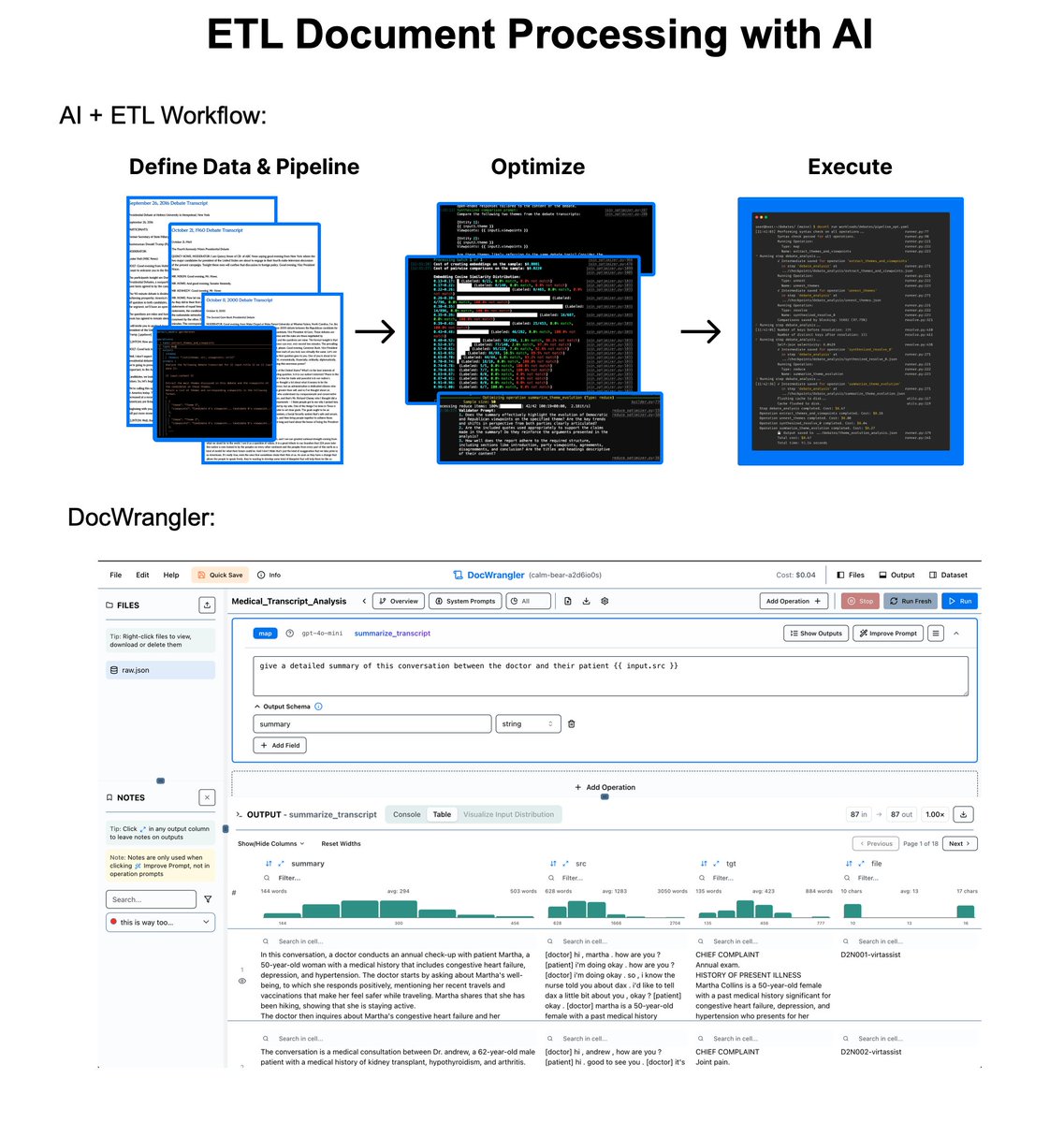
 1. What is DocETL?
1. What is DocETL? 

 1. Document Parsing Pipelines
1. Document Parsing Pipelines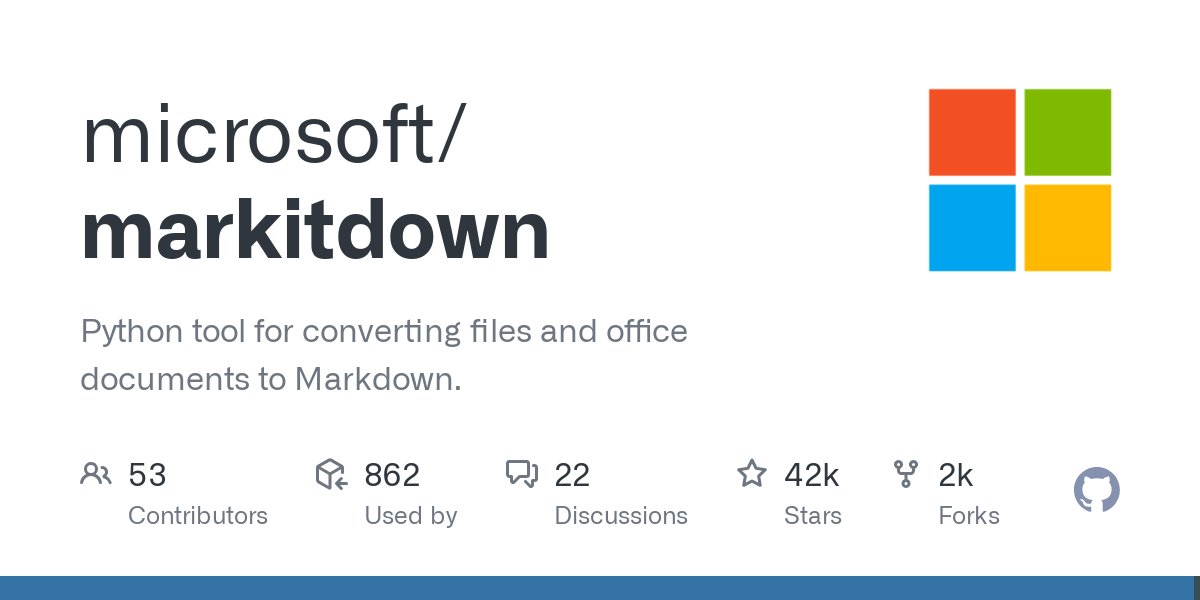
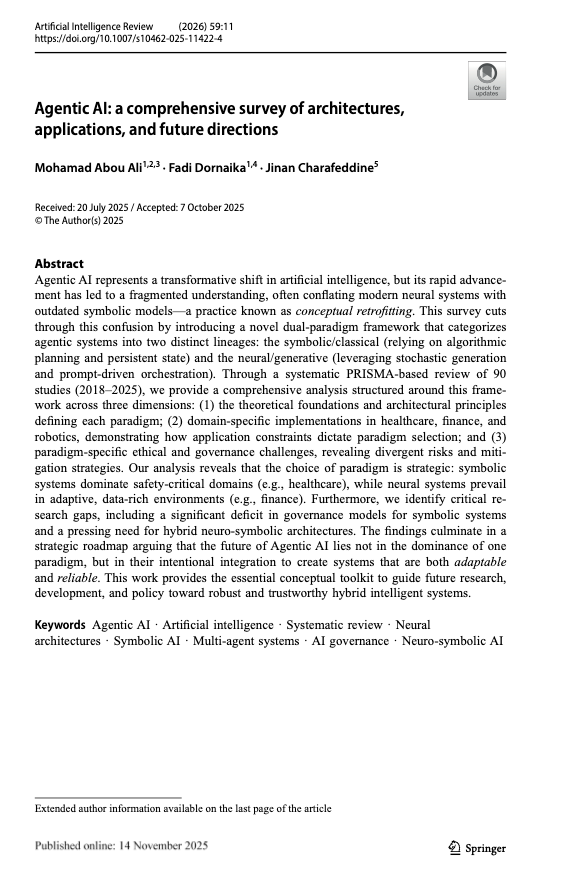
 1. The Dual-Paradigm Framework
1. The Dual-Paradigm Framework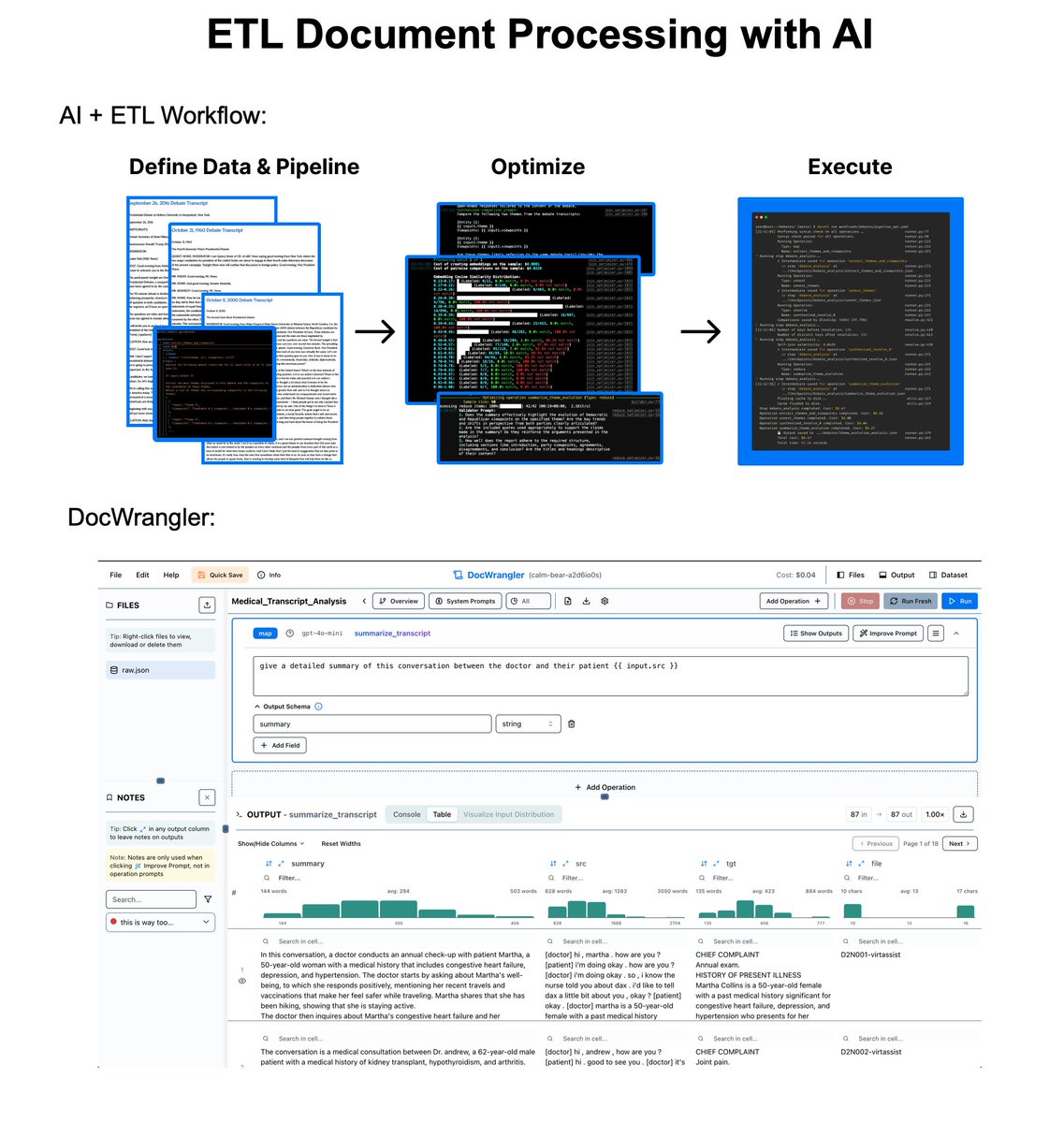
 1. What is DocETL?
1. What is DocETL? 
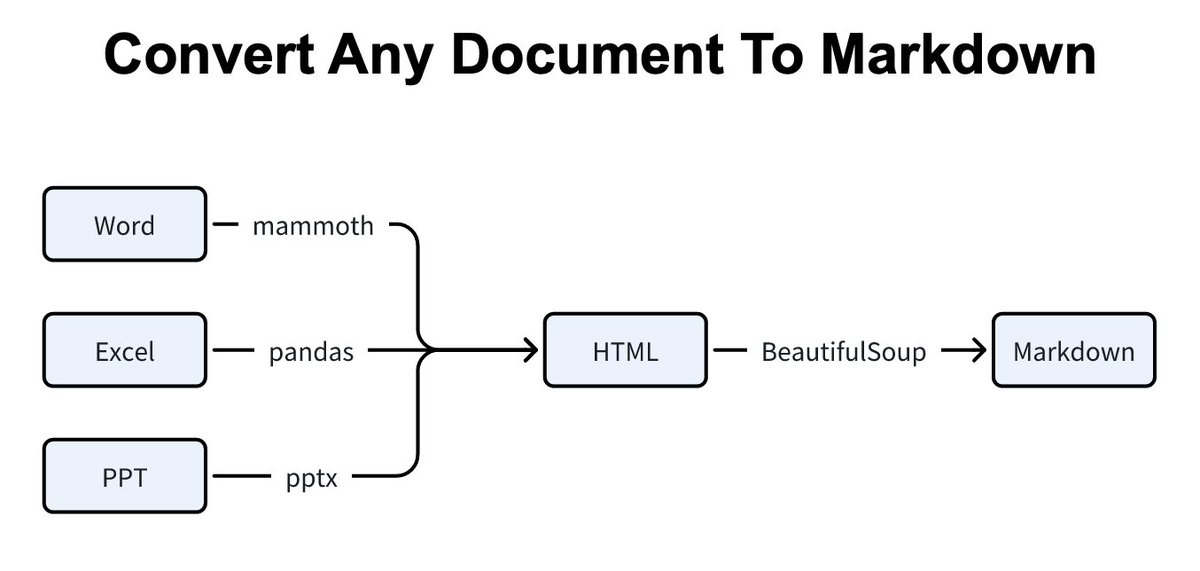
 1. Document Parsing Pipelines
1. Document Parsing Pipelines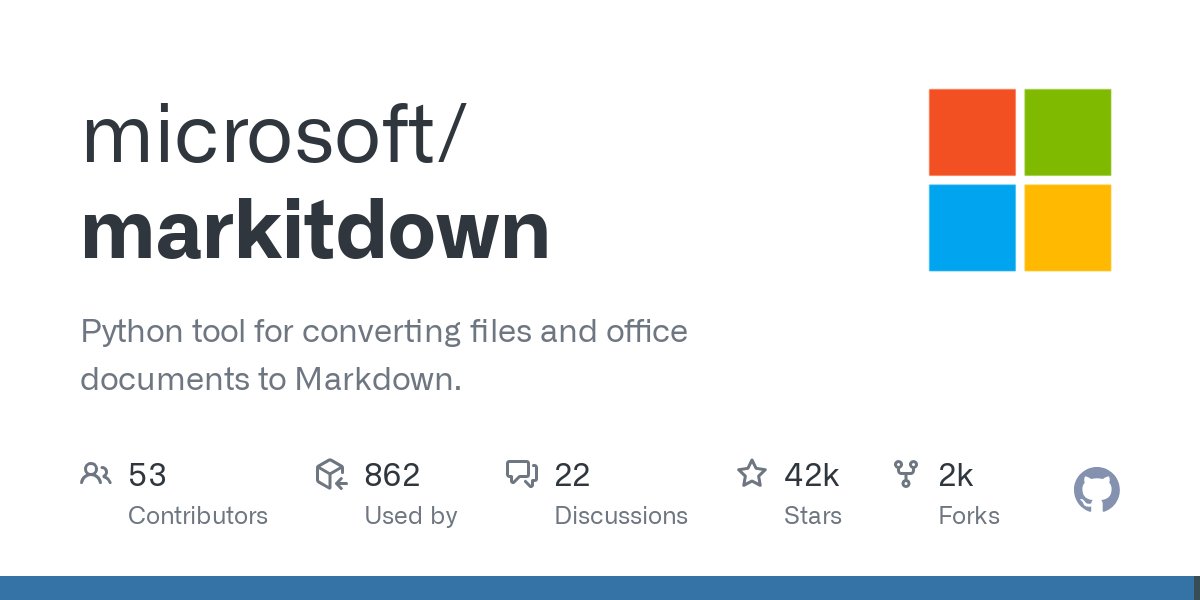

 1. What is K-means?
1. What is K-means?

 This Whitepaper covers:
This Whitepaper covers:

 1. Problem with direct Likert from LLMs:
1. Problem with direct Likert from LLMs: 

 1️⃣ System Prompt: Define your agent’s role, capabilities, and boundaries. This gives your agent the necessary context.
1️⃣ System Prompt: Define your agent’s role, capabilities, and boundaries. This gives your agent the necessary context.